Talking about sensor sizes of digital cameras, the two terms we use to classify them are full frame and crop sensor. The term full frame refers to a sensor size that has the same dimensions as the 35mm film format. This film format is important because it has been the golden standard in photography since 1909. The 35mm format offers a great balance between cost and image quality.
When it comes to a crop sensor, this term refers to any sensor smaller than a full frame sensor. The most common crop sensors include APS-C and micro 4/3 systems.
If you’re wondering about the main differences between full frame and crop sensors, we’ll cover them in this article and help you decide which one suits your photography needs better.
Full Frame & Crop Sensor Field of View
In addition to the difference in the physical size of the sensor, there are other important differences between a crop sensor and a full frame sensor. One of the most obvious differences in the size of the field of view.
Crop sensors have a smaller field of view compared with full frame sensors. For instance, if you take a photo (from the same distance, with the same lens) with a full frame DSLR such as Canon EOS 5D Mark IV and a crop sensor like Canon EOS 600D, the latter will capture a tighter field of view.
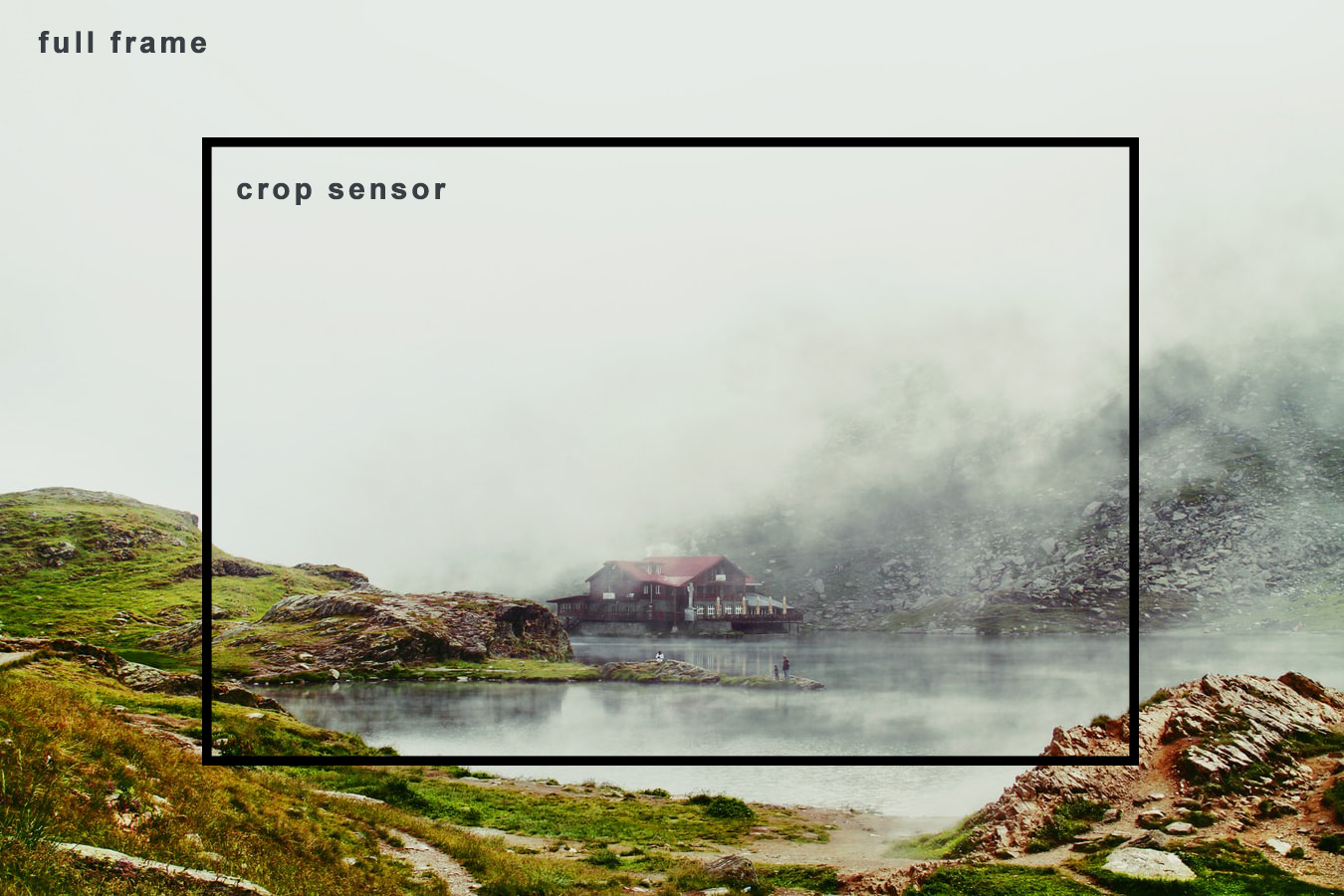
Full Frame & Crop Sensor Focal Length
It’s useful to know that focal length measurements on lenses are based on the 35mm standard. If you are using a crop frame camera the sensor will crop out the edges of the frame and effectively increase the focal length of the lens you’re using.
For instance, when a Canon 50mm lens is attached to a crop sensor camera, its focal length should be multiplied by 1.6x. This means that a 50mm lens will act like a 80mm lens on a crop sensor camera.
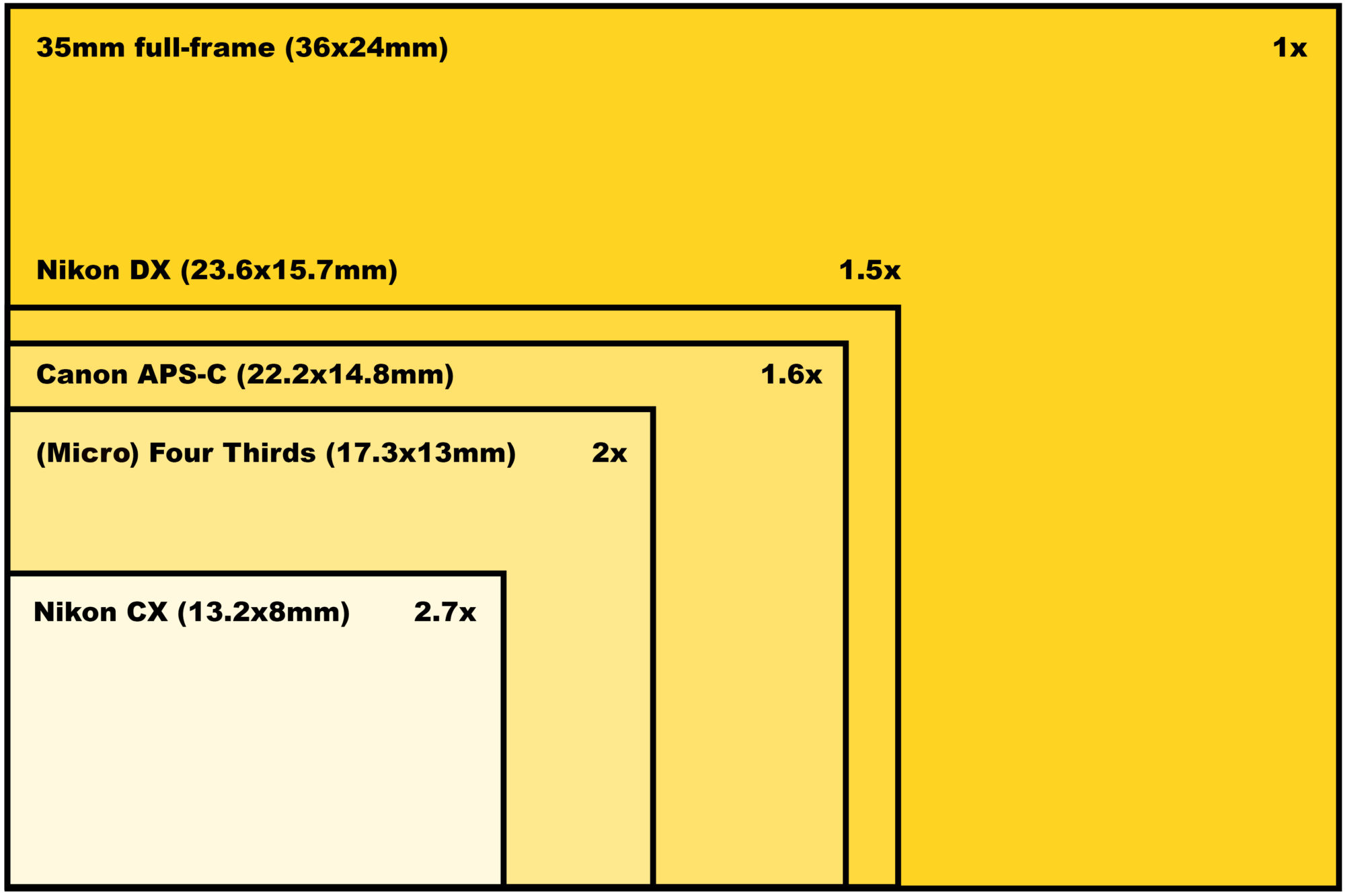
Luckily, camera manufacturers have found solutions to this problem. For Canon and Nikon, there is a range of lenses specifically designed for crop sensor cameras. For instance, both Canon and Nikon make a zoom lens that starts at 10mm and gives an actual focal length of 16mm on a crop sensor, which is still a wide angle lens. The lenses like this one are carefully crafted and designed to minimize distortion and vignetting on the edges of the photo.
Pros And Cons Of Full Frame And Crop Sensors
There are various advantages to each sensor size and we’ll cover the most important ones.
Full Frame Sensor Advantages
These sensors definitely provide a wider dynamic range and better low light and high ISO performance.
Dynamic range of a camera is the ratio of the whitest highlights to the darkest shadows in a shot and since full frame sensors yield more pixels in a photo, this has an effect on dynamic range.
Another important thing to mention is that full frame cameras are preferred in architectural and landscape photography due to having a wider angle.
Finally, full frame cameras have a shallower depth of field than crop sensor cameras, which can be useful at times. This happens because the larger the sensor, the longer the focal length required to create the same field of view. Simply put, we have a shallower depth of field with a full frame sensor because we have to get closer to the subject (or zoom in) in order to fill the frame.
Crop Sensor Advantages
Even though crop sensors don’t provide the highest image quality, they have some major advantages when it comes to their cost. For anyone who’s on a budget or pursuing photography as a hobby, the lower cost of crop sensor cameras surely represents a great advantage. Of course, if you’re a professional, you will want to get the best quality images since photography is a rather competitive business and it’s easy to lose customers if you don’t offer a top-notch service.
However, you should have in mind that modern high-end crop sensors can provide quality similar to that of full-frame sensors at a fraction of the cost. You can always test and compare the results and decide what works for you.
Another interesting fact to mention is that crop sensor cameras can be very useful for telephoto photography because of the extra focal length they gain from the crop sensor multiplier. This means that they can perform outstandingly well when shooting sports, wildlife and some types of photojournalism such as environmental portraits.
Which Format To Choose?
To sum up, full frame cameras give you the ability to use lenses at their regular focal lengths and they perform great when shooting at higher ISOs. In case you’re a concert photographer or you’re into landscapes and architectural photography the most, you might want to invest in a full frame DSLR or mirrorless.
On the other hand, for those who are into wildlife and sports photography, a cropped sensor can come in handy. The same goes for those who are still new to the world of photography – there is no need to buy the most expensive camera right away (unless the price doesn’t matter to you at all).
Again, both formats have their pros and cons. While full-frame cameras offer better quality, they are also larger, heavier (except for mirrorless models!) and they have many options and settings that only professionals will use.
As long as you bear these simple tips in your mind, you should be able to make the right choice and resist the temptation to buy something that is either below or above your skill level and needs.
In case you want to learn more about the importance of sensor size, feel free to check out the following links!
Further Resources:
- How Does Your Camera’s Sensor Size Affect Your Photographs?
- Crop Factor Explained: How Sensor Size Affects The Field Of View
- Full Frame Or Cropped? A Brief Guide To Camera Sensor Sizes
- Camera Sensor Size: Why Does It Matter And Exactly How Big Are They?
- Camera Sensor Size Photography Guide [Updated 2019]
- Digital Camera Sensor Size

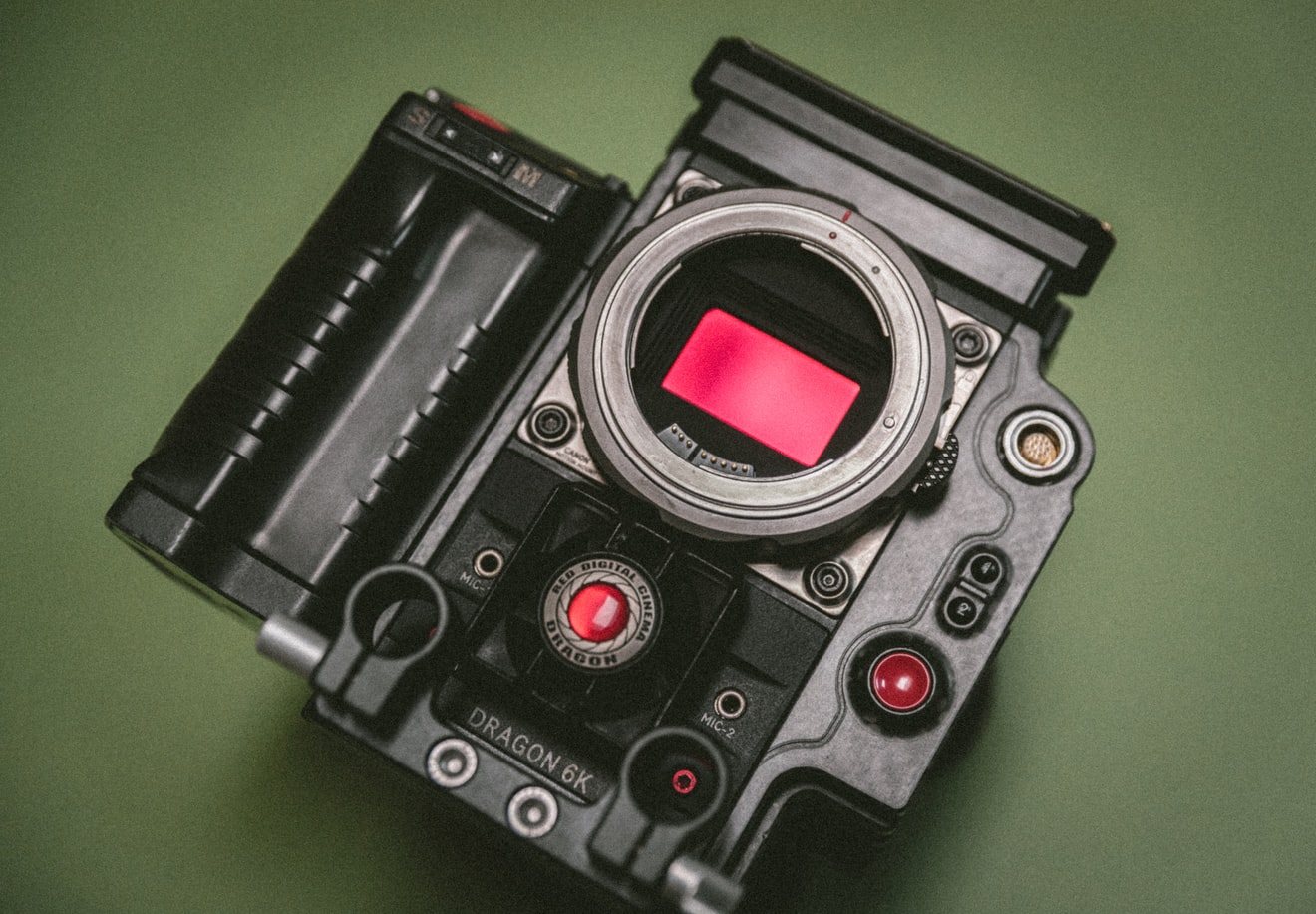
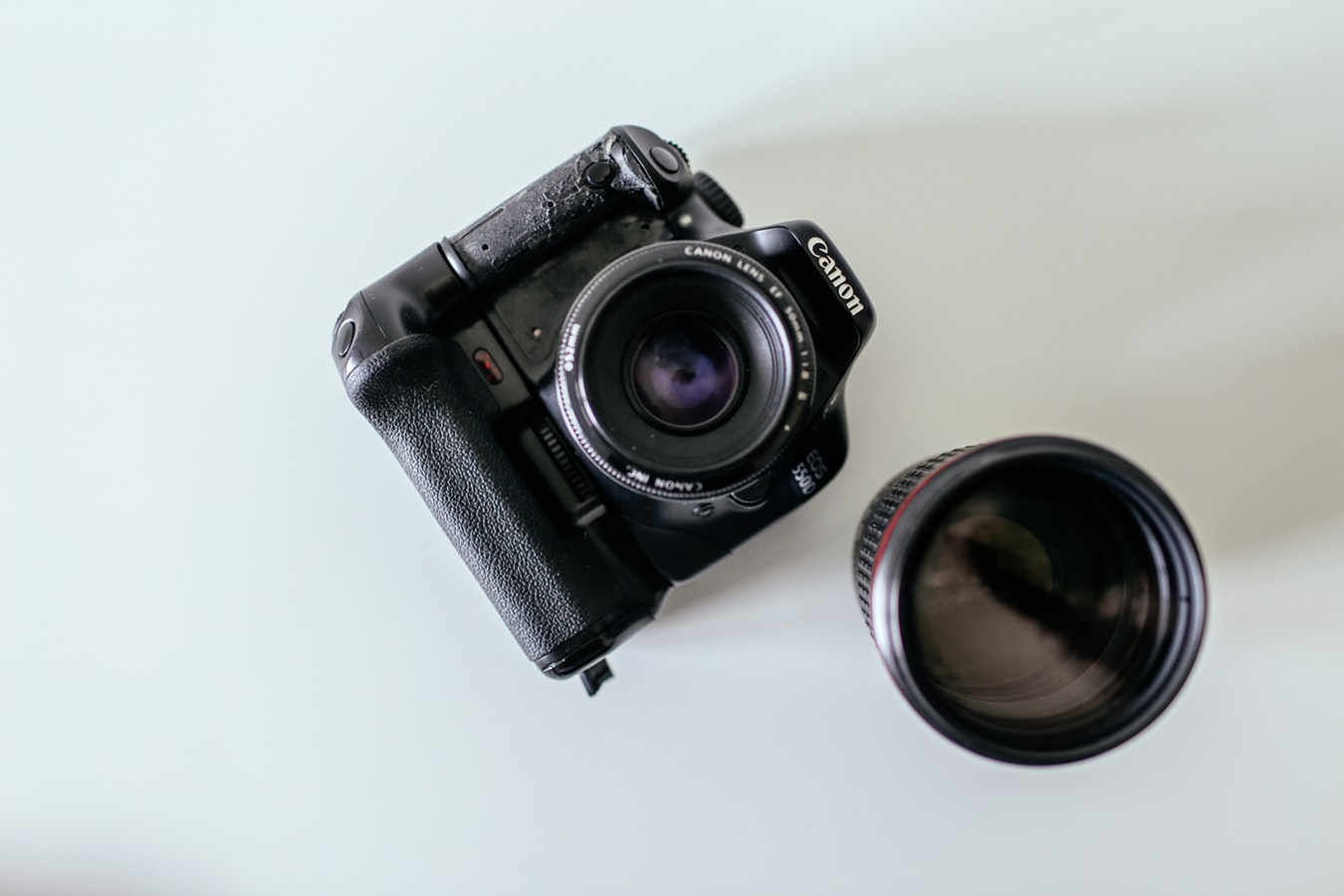
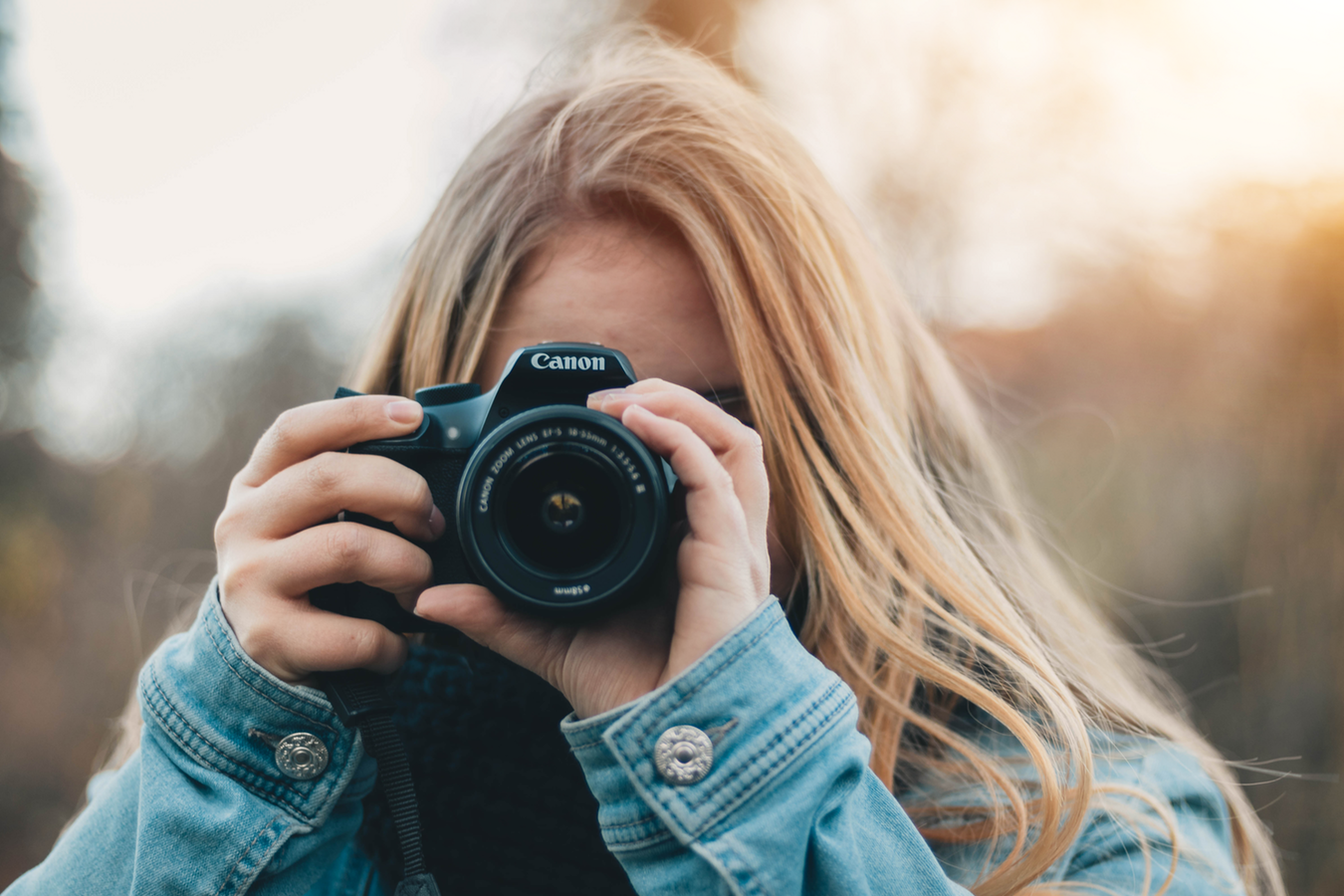
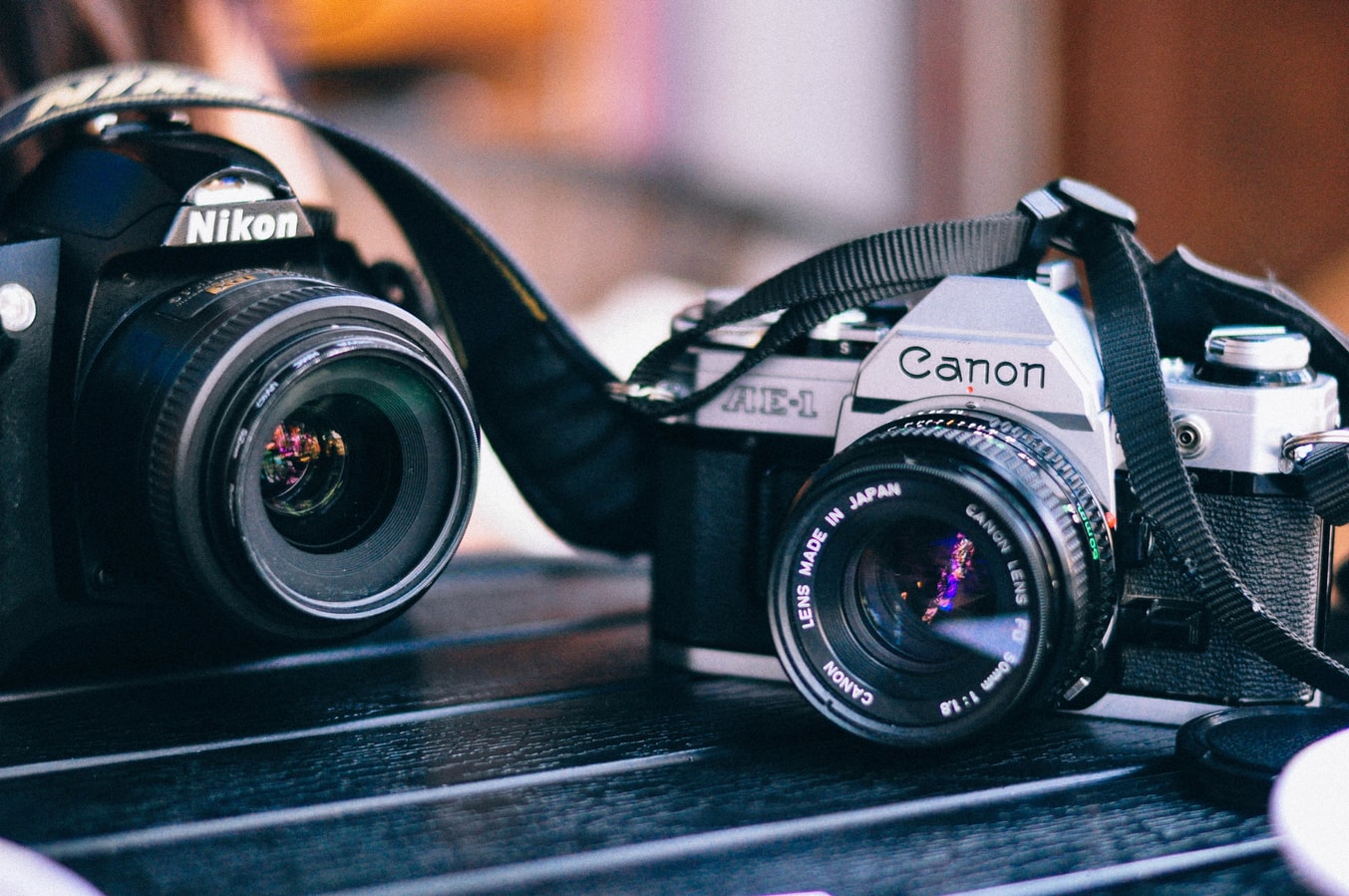






9 Comments
I used to use Nikon D700 full frame body and some huge lenses. Then since 2 years ago I switched to MFT Lumix body and a few tiny lenses. I only view the images on laptop, and sometimes post them on Instagram. Portability of MFT is of prime importance for me, it allows me bring my camera & lenses more often, and take more pictures.
For instance, when a Canon 50mm lens is attached to a crop sensor camera, its focal length should be multiplied by 1.6x. This means that a 50mm lens will act like a 75mm lens on a full frame camera.
Its act like a 75mm lens on a CROP SENSOR CAMERA, right?
Yes, it was a mistake in the text, but we corrected it. Thanks a lot!
I thought 1.6 crop on 50mm lens was 80mm since 1.6 x 50 is 80
The larger sensor shines for detail and way too much MP . Leaving your hard drive choked with large files of generic photos . When we all need is a small image that is quick to send on phone or home email , post online . You will never see an FX at 12 mp . Most phones can cover close to that .
I have both the D500 and the D850 – I flick between them, according to what I’m trying to capture – they are both remarkably similar in many ways – and the differences in output aren’t great.
One is more suited to action shots, the other to stationary subjects.
And yes of course there are technical differences in the output. But nothing to cry over. Whichever way I choose, it’s always going to be “less of this – but more of that!” A trade off. One’s perfect for one style of photography, the other is for the other style. And that’s about it.
Bigger sensor does not give you more shallow depth of field. Its a myth that comes out of misunderstanding.
A FullFrame camera with a 50mm f1.8 will give you the same bokeh as a APS-C with a 35mm f1.8. Ive tested it.
The myth was created because people put a 50mm of an APS-C, which crops the image, so they have to back up to frame their subject. This causes their focus to be closer to infinity, causing less bokeh
Speaking as an m43s photographer, the larger sensor does NOT give you more depth of field. However, it does offer more DOF control. The large sensor allows one to ‘fine tune’ that DOF, whereas the cropped camera photographer may well be able to make larger changes to DOF, but might find it difficult to make tiny, incremental adjustments.
As with any gear, good shooting technique can minimize those differences in many situations. However, I happily give up that advantage for the other things m43s offers me.
The significantly reduced weight and size of telephoto lenses are an advantage in the field.